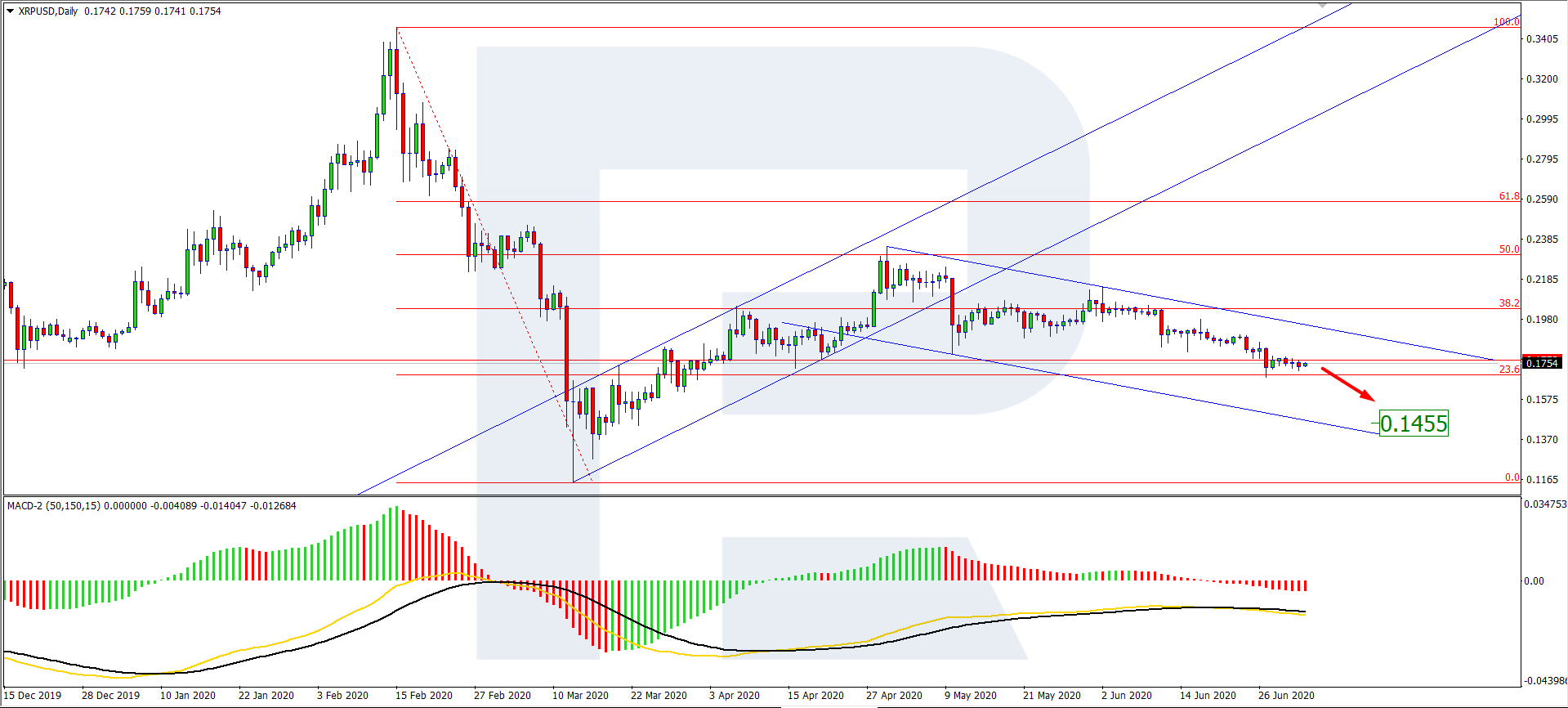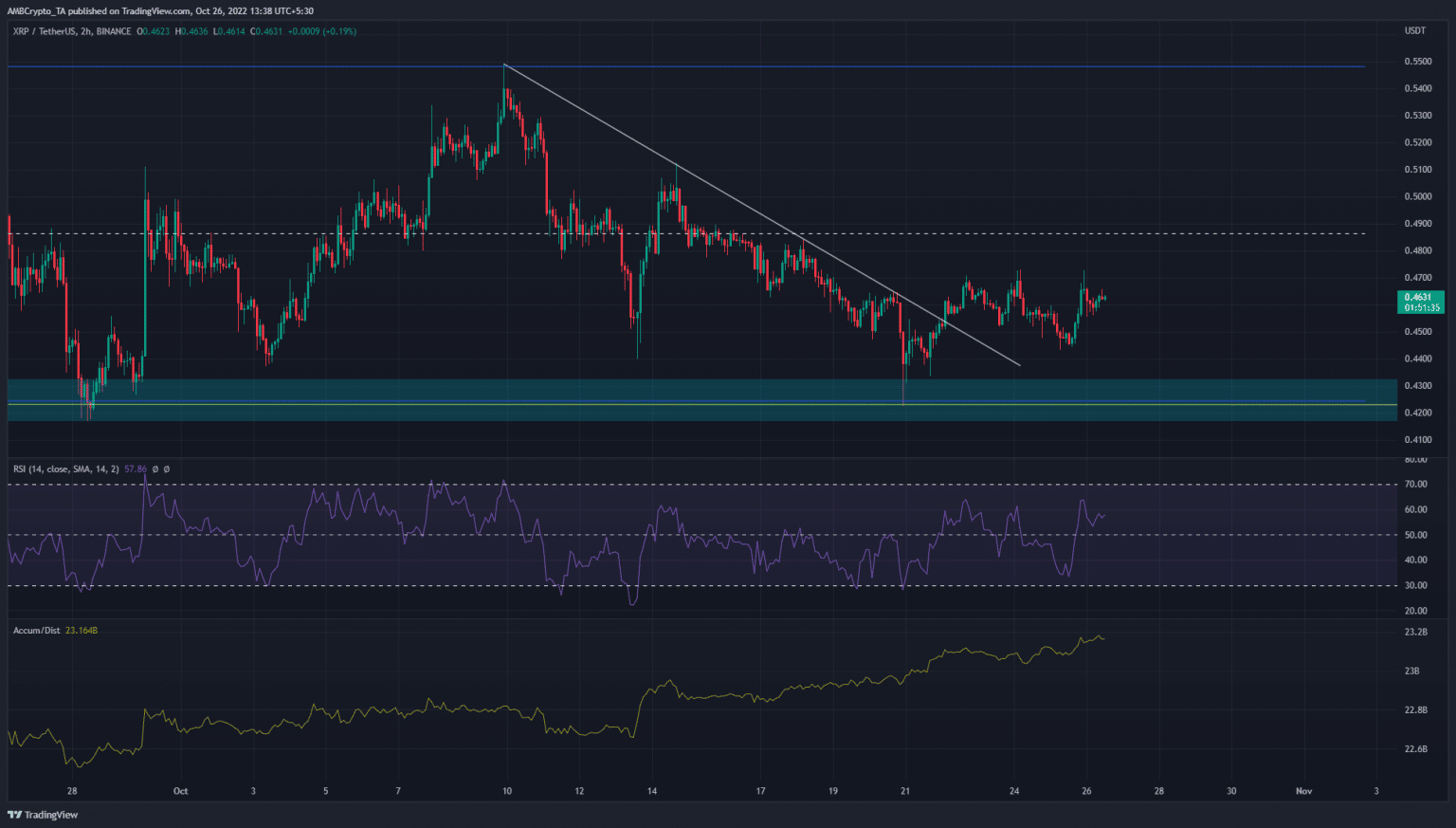Choosing Reliable Crypto News: A Guide To Avoiding Misinformation

Table of Contents
Identifying Reputable Crypto News Outlets
Finding credible information in the crypto world requires diligence. To identify reputable crypto news outlets, focus on several key factors.
Look for Established Track Records
Longevity and a history of accurate reporting are strong indicators of a reliable news source. Established outlets have earned their reputations through consistent, fact-based coverage.
- Examples of established news sites: CoinDesk, Cointelegraph, Bloomberg Crypto, The Block, and Reuters (for broader financial news with crypto sections).
- Checking a website's "About Us" page: Look for details about the ownership structure, editorial policies, and team members. Transparency in these areas builds trust.
- Transparency in ownership and funding: Be wary of sites with unclear ownership or those funded by entities with a vested interest in specific cryptocurrencies. Independent and unbiased sources are crucial.
Verify Sources and Citations
Credible news sources always cite their sources. Scrutinize the information presented and look for supporting evidence.
- How to identify primary sources: Look for direct quotes, links to original research papers, or references to official announcements from companies or projects.
- Checking for supporting evidence: Cross-reference information with multiple sources to ensure accuracy and consistency.
- Spotting signs of fabricated data: Be cautious of overly optimistic or unsubstantiated claims. Look for evidence of manipulation or bias.
Beware of Sensational Headlines and Clickbait
Misleading headlines are often used to attract clicks, regardless of the article's actual content.
- Examples of clickbait headlines: "Bitcoin to Hit $1 Million Next Week!" or "This New Crypto Will Make You a Millionaire Overnight!"
- How to identify biased language: Look for emotionally charged words and phrases designed to manipulate your feelings rather than present objective information.
- The importance of reading beyond the headline: Don't judge a news source solely on its headline; always read the entire article before forming an opinion.
Recognizing Red Flags of Misinformation
Several red flags can signal unreliable crypto news. Learning to identify these warning signs is essential for protecting yourself from scams and misinformation.
Unrealistic Promises and Guaranteed Returns
Get-rich-quick schemes are prevalent in the crypto space. Be extremely skeptical of any promises of guaranteed returns or exceptionally high profits.
- Examples of common scams: Pyramid schemes, pump-and-dump schemes, and fake ICOs (Initial Coin Offerings).
- Why guaranteed returns are unrealistic in crypto: The cryptocurrency market is inherently volatile, and no investment guarantees a profit.
- The importance of skepticism: Approach all investment opportunities with healthy skepticism and conduct thorough due diligence.
Anonymous or Unverifiable Authors
Knowing who is behind the information is crucial. Anonymous or unverifiable authors may have undisclosed biases or intentions.
- Tips for identifying anonymous sources: Look for author bios and credentials. Be wary of articles with no author information.
- The dangers of trusting unverified information: Unverified information can be easily manipulated and used to spread false narratives.
- Looking for author credentials: Verify the author's expertise and experience in the cryptocurrency field.
Excessive Use of Technical Jargon Without Explanation
Overly technical language is sometimes used to obfuscate misinformation. Legitimate sources strive for clarity and accessibility.
- How to identify jargon used to confuse: If you don't understand the terminology, it may be intentionally used to confuse or mislead.
- The importance of clear and concise language: Reputable sources explain complex concepts in a clear and understandable way.
- Seeking clarification when needed: Don't hesitate to seek clarification if you're unsure about the meaning of technical terms.
Utilizing Multiple Sources and Cross-Referencing Information
Cross-referencing information from various reliable sources is vital for verifying accuracy and identifying potential biases.
Comparing Information Across Different Platforms
By comparing information from different reputable sources, you can identify consistent reporting and uncover potential misinformation.
- How to identify consistent reporting: If multiple reliable sources report the same information, it's more likely to be accurate.
- How conflicting reports may indicate misinformation: Conflicting reports from reputable sources warrant further investigation.
- The importance of multiple perspectives: Consider different perspectives and analyses to gain a more comprehensive understanding.
Fact-Checking and Verification Tools
Several tools and techniques can help you verify information.
- Examples of fact-checking websites: Snopes, PolitiFact (for broader fact-checking, adaptable to crypto claims).
- Using reverse image search: This can help determine if an image has been used out of context.
- Verifying blockchain data: Use blockchain explorers to verify transactions and smart contract details.
Conclusion
Choosing reliable crypto news requires critical thinking, due diligence, and a healthy dose of skepticism. By understanding the characteristics of reputable sources, recognizing red flags of misinformation, and utilizing multiple sources for cross-referencing, you can significantly reduce your risk of falling victim to scams or making investment decisions based on false information. Remember to always verify information, question claims, and prioritize clarity over sensationalism. By following these tips, you can navigate the world of cryptocurrency with confidence and avoid the pitfalls of unreliable crypto news. For further resources on cryptocurrency education and fraud prevention, consider exploring websites dedicated to financial literacy and cybersecurity.

Featured Posts
-
 The Sec And Xrp Navigating The Uncertainty Around Commodity Classification
May 08, 2025
The Sec And Xrp Navigating The Uncertainty Around Commodity Classification
May 08, 2025 -
 Oklahoma City Thunder Vs Indiana Pacers Injury Report March 29
May 08, 2025
Oklahoma City Thunder Vs Indiana Pacers Injury Report March 29
May 08, 2025 -
 The Importance Of Trustworthy Crypto News Sources
May 08, 2025
The Importance Of Trustworthy Crypto News Sources
May 08, 2025 -
 Inter Milan Vs Barcelona A Classic Champions League Showdown
May 08, 2025
Inter Milan Vs Barcelona A Classic Champions League Showdown
May 08, 2025 -
 Hargreaves Predicts Winner Arsenal Or Psg In Champions League Final
May 08, 2025
Hargreaves Predicts Winner Arsenal Or Psg In Champions League Final
May 08, 2025
Latest Posts
-
 The Ripple Effect Analyzing Xrps 400 Growth And Future Potential
May 08, 2025
The Ripple Effect Analyzing Xrps 400 Growth And Future Potential
May 08, 2025 -
 After A 400 Rise Where Does Xrp Go From Here A Market Analysis
May 08, 2025
After A 400 Rise Where Does Xrp Go From Here A Market Analysis
May 08, 2025 -
 Understanding Xrps 400 Surge Future Price Prospects
May 08, 2025
Understanding Xrps 400 Surge Future Price Prospects
May 08, 2025 -
 Can Xrp Continue Its Ascent After A 400 Increase
May 08, 2025
Can Xrp Continue Its Ascent After A 400 Increase
May 08, 2025 -
 Is Xrps 400 Rally Sustainable A Look At Future Price Predictions
May 08, 2025
Is Xrps 400 Rally Sustainable A Look At Future Price Predictions
May 08, 2025
